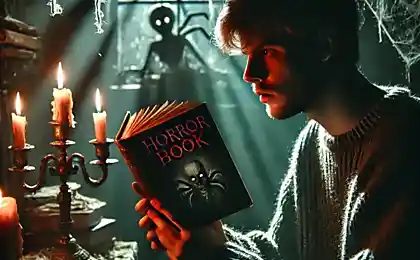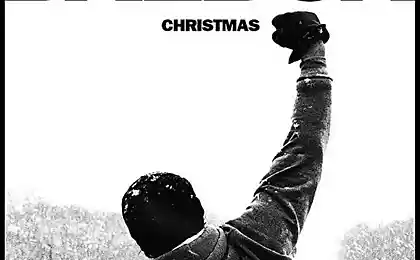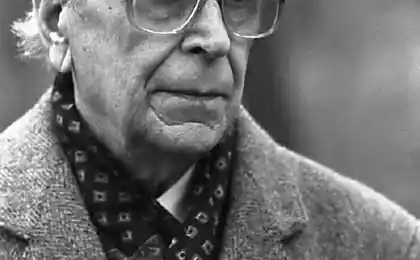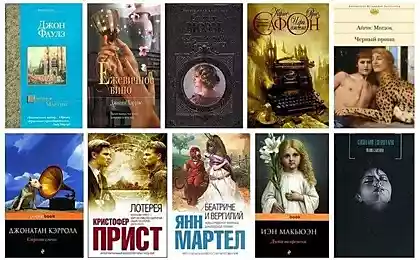1434
Welcome to the international culinary horror room
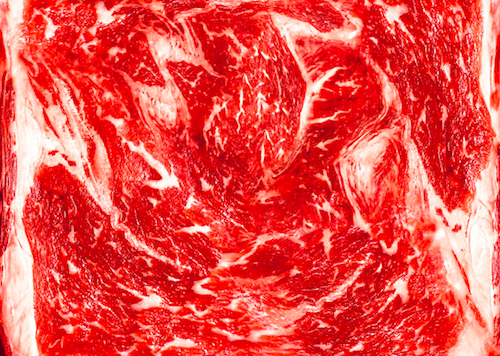
Bon appetit!
Welcome to the international culinary horror room where juicy spiders, shiny sheep intestine and deadly seafood await you.
This compilation of bizarre foods exactly cheer up, even if it can not satisfy your hunger. Some of creepy items, caught in this menu ghoulish treats, guaranteed to make the ask "Who could it have?»
Move the lunch, take a deep breath and be careful: some of the "dishes" is certainly not for delicate stomachs. Nervous, please move away from the screen.
PS: Please do not pay attention to the little clumsy translation.
1. Bat grilled
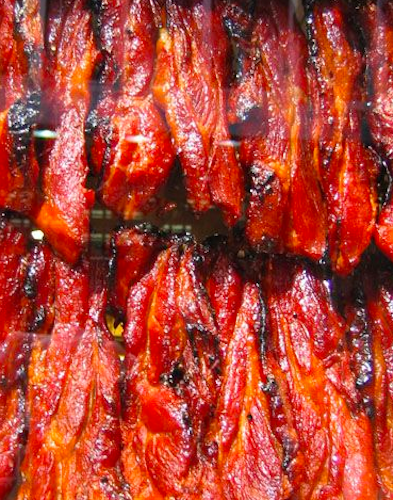
What: A popular symbol of Halloween turns into a crispy fried dish
Where: Indonesia, Thailand and Vietnam
On the palate: Bats found in abundance in many parts of the world, especially in the limestone caves of Asia and the Pacific, where a stew or fried grilled meat bat is served in restaurants. As a rule, fur, wings and head are removed in the first place, since there is not a lot of meat, and then, depending on the size of the bat body diced into bite-size chunks for stew or roast. Even gourmets, lovers of bats, recognize that "volatile" delicacy smells not so tasty: even though the specific aroma of fur, the meat itself bat emits a strong odor, and usually the chef camouflage his part with plenty of garlic and Chile.
2. Blood sausage
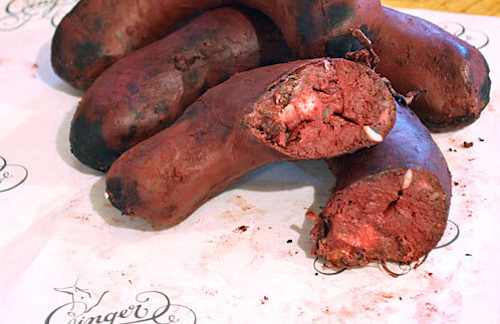
What: pig or cow blood, cooked with little fat
Where: United Kingdom, Ireland, France and Germany
On the palate: The bloodthirsty British eating pudding in the traditional breakfast, usually with beans, mushrooms, bread, and fried eggs. This sausage is known in Germany as the «blutwürst», and in France - «boudin noir». But she had not called, in fact it is always gore in a sausage casing, which itself is an animal intestine. Fans say it tastes like an ordinary sausage except ... well, you know when to cry too much, get a taste of blood and iron in the mouth? Yes, this is the main "notes" a special taste of sausage.
3. Baked guinea pigs

What: Animals from your childhood in the form of snacks
Where: Peru and Ecuador
On the palate: This dish, in fact, a very traditional and much-loved delicacy with a long history in the Peruvian culinary culture ... almost as much as a nice little guinea pigs are a traditional and much-loved companions of our childhood. Meat guinea pigs produced only on special occasions, usually served fried or grilled animal carcasses. It is said that these pigs are fed a special grass, and the meat tastes like rabbit. But it is impossible to proceed to such delicacies recalling his favorite "Fuzzy" from childhood.
Kopi Luwak 4.

What: The most expensive coffee in the world; main ingredient - Asian Palm Civet droppings
Where: Japan, the US and Southeast Asia
On the palate: The Americans and the Japanese seem to be particularly fond of what is not difficult or expensive to produce. And both cultures nourish imperturbable love of big-eyed furry animal with a small nose-button. Not surprisingly, the Kopi Luwak so valued in both countries: it is made from coffee berries, eaten, partially digested, and then vykakannyh charming small animals Asian Palm Civet. It should be a pleasure $ 120 per pound. You can choose to buy a coffee online really is. To be fair, it should be noted that the coffee beans do not go directly from the Asian Palm Civet coffee grinder in: after they defecated cute little mammals, the beans are cleaned and lightly fried. So in that sense, as both consumers and Asian Palm Civet may feel relief ...!
5. Scorpio
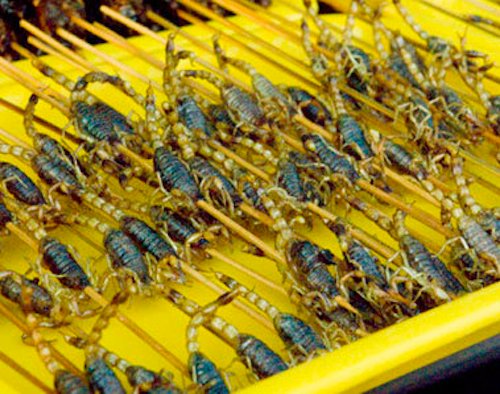
What: Scorpio stick
Where: China
The taste: Crunchy "kebabs" from scorpion - a common phenomenon in China. The texture of the dishes as you can imagine, just terrible: fragile outside, mealy and gelatine inside. But at least they are not toxic: after Scorpion fried in oil, its venom is virtually harmless to humans, and, of course, the smaller the scorpion itself, the less venom in it, which is worrying. If you really gravitate to crispy taste sensations not have to go so far in Beijing: Hotlix, California-based company, has positioned itself as "the creator of the original edible candy insects" and sells including lollipops with tiny real scorpions for three dollars apiece. < br />
6. Fried rattlesnake

What: deep-fried and served with sauce, but still a snake
Where: Texas. Where else?
On the palate: Every March in a modest town of Sweetwater, Texas famous festival passes Rattlesnake Round-Up, where one of the many entertainment - it is a rattlesnake fried in a spicy sauce. The recipe is simple: you first need to decapitate the snake (the poison is contained just in it), give otvisetsya decapitated snake at least an hour, and then cut into pieces and marinated in sour milk for several hours, then roll in batter of cornmeal and fry in deep-fried. Anyone daring chef who feels the strength and can cook delicious, are invited to register for participation in the festival, in which the best recipes for dishes from the rattlesnake has a competitive advantage over those that are made from animals without poisonous fangs.
7. Haggis

What: sheep heart, lungs and liver are placed in a sheep's stomach and boiled
Where: Scotland. And the annual "Scottish" party of Robert Burns, held every January 25.
The taste: As Burns wrote his poem in 1786 "Address to the Haggis", "Old Scotland wants no watery foods that rasplёskivayutsya in the dishes ... Let us haggis!" One wonders, however, tried whether the once venerable bard haggis. Watery? Check method of preparing boiled for three hours. Rasplёskivayutsya? Recheck. Externally dish like stuffed animal intestine or a local sausage. Haggis is served with a side dish "INPI and tattis" crushed to a pulp.
8. Tarantula
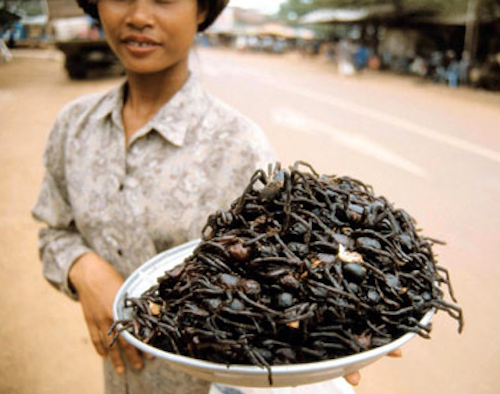
What: fried with spices spider the size of a palm
Where: Cambodia
The taste: When something is described as crispy on the outside and sticky inside, you want to try it? The legs of a tarantula as a fluffy potato chips, fresh and pleasant, tend to absorb any seasonings. Though the tarantula started his culinary history as a food for survival (each spider contains a sufficient amount of protein), tarantulas are now sold not for nutritional value and for tourists to eat in the dispute.
9. lutefisk

What: Dried fish (usually cod and peak), treated with lye and then boiled with water or steam
Where: Norway, Finland, Sweden ... Minnesota
On the palate: The Vikings were eating lutefisk, although it is still not proven that prompted them to consume this disgusting food. Laborious, horribly smelly, gelatinous fish cooking has its roots in Scandinavia. Lutefisk is currently one of the old delicacies, which are primarily consumed by the second generation of Americans, mostly in Wisconsin and Minnesota. Fish impregnated with alkali, until it turns into a little soap residue.
10. Sannakzhi

What: Young octopus, cut into pieces, still living (raw and wriggling) with sesame oil and seeds
Where: South Korea
The taste: As the octopus alive, they are still fighting for his life and try to get out of the dish (and out of your mouth). Sannakzhi must aggressively chew before swallowing, in order to prevent them sticking octopus suction to the interior of the esophagus causing pain and possibly suffocation. If the eighteenth sequel "Saw" is not awful enough for you, the Internet is replete with video clips ruthless bearers octopus complete with writhing tentacles in a desperate attempt to escape from their mouths.
11. Fugu

What: Enough poisonous fish to cause violent, quick death
Where: Japan
On the palate: Fugu is so dangerous dish that cooks who prepare it in restaurants must be specially trained and required to be licensed certified. Should such a pleasure range from $ 400 for four fugu dishes. The attractiveness of a fugue in Japan a little hard to understand, given that a) it can kill you, and b) it tastes like rubber bands. Fugu is only available from October to March and a classic supply fugue - a fugue-cashi when wild poisonous flesh sliced paper-thin and the sheets are such as chrysanthemums with grated radish and sauce for a change. If radish a terrible taste, you know, not what you ordered!
12. Skrapl

What: Jellied pork trimmings and cornmeal
Where: Pennsylvania
On the palate: Pennsylvania is proud of its hardy ancestors who lived through all the hardships and tamed inhospitable land. Skrapl - a clear proof that they really enjoyed the suffering. How else to explain the unspeakable mess with roast pork? Skrapl makes unrecognizable scraps of meat (namely, the parts for which no one wants to even look at, not to eat), and they taste like dirty, greasy sausages.
13. Balut

What: partially formed duck or chicken embryos, served warm their eggs
Where: Philippines
The taste: If you like bacon and horror like "Oh my God!", The Balut - is your best breakfast. Even adventurous consumers have difficulties in swallowing such a delicacy: the mature, fertilized egg partially formed bones, feathers, beaks, eyes. In fact, foodies, fans Balut may notice that Americans eat buckets of chicken nuggets. To which we reply: Yes, but "Chicken McNuggets" no feathers!



